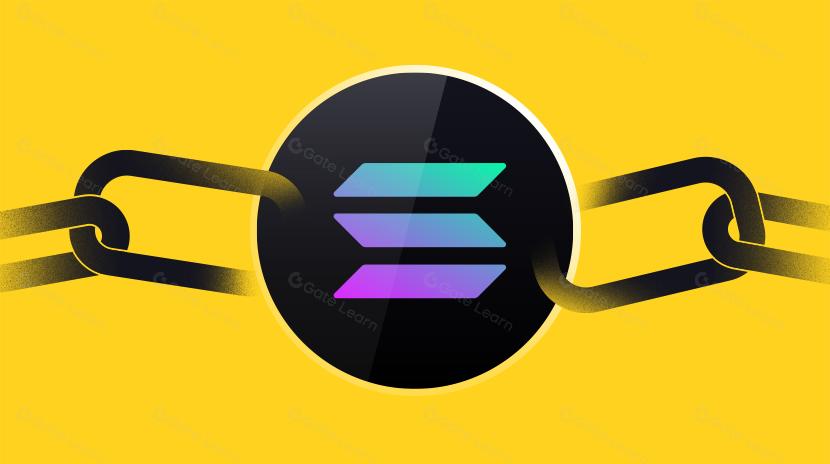abstraction

Account abstraction is a significant innovation in the Ethereum ecosystem aimed at transforming how users interact with blockchain. Traditionally, Ethereum has two types of accounts: Externally Owned Accounts (EOAs) and Contract Accounts. Account abstraction blurs the line between these account types, allowing smart contracts to control accounts, enabling more flexible transaction validation mechanisms, batch transaction processing, and enhanced user experiences. This concept allows developers to design smarter account systems where users can customize security rules, methods for paying gas fees, and even implement advanced features like social recovery, making blockchain technology more user-friendly and practical for everyday users.
Background: The Origin of Account Abstraction
The concept of account abstraction can be traced back to the early development stages of Ethereum. In 2015, Ethereum founder Vitalik Buterin first mentioned related ideas while discussing Ethereum Improvement Proposals (EIPs). However, it wasn't until 2018 that Vitalik formally proposed EIP-2938, which is considered the first official proposal for account abstraction.
As blockchain technology evolved, user experience emerged as one of the major barriers to mass adoption. Traditional EOAs required users to manage private keys, handle gas fees, and lacked advanced features like multi-signature or usage limitations. Against this backdrop, account abstraction gradually gained attention as a solution.
The Ethereum community has continuously improved implementation approaches for account abstraction, including the proposal of EIP-4337 (an account abstraction solution that doesn't require modifying Ethereum's core protocol) and exploration in various L2 solutions. With the proliferation of DeFi, NFTs, and Web3 applications, the importance of account abstraction has become increasingly apparent, representing a key step for the Ethereum ecosystem toward better user experiences.
Work Mechanism: How Account Abstraction Works
The core principle of account abstraction is moving transaction validation logic from the Ethereum protocol layer to user-defined smart contracts. In the traditional model, transactions must be signed with a private key by an EOA to be valid; in the account abstraction model, validation rules can be customized and implemented by smart contracts. The main working mechanisms include:
-
UserOperation: Unlike traditional transactions, account abstraction introduces the concept of "user operations" containing information such as sender, target address, and call data.
-
Bundler: Responsible for collecting multiple user operations, bundling them, and submitting them to the blockchain.
-
EntryPoint Contract: Serves as a unified entry point for all user operations, coordinating the validation and execution process.
-
Account Contract: Smart contracts that implement custom validation logic, supporting various authentication mechanisms.
-
Paymaster: An optional component allowing third parties to pay for transaction gas fees, enabling sponsored transactions or alternative payment methods.
The workflow of account abstraction typically involves: user creates operation → bundler collects and submits → entry point contract verifies operation validity → account contract performs custom validation → executes actual operation. This mechanism allows users to utilize flexible security measures such as biometrics, social recovery, multi-signature, etc., without being limited to a single private key.
What are the risks and challenges of Account Abstraction?
Despite its numerous advantages, account abstraction faces several challenges and potential risks:
-
Technical Complexity: Account abstraction increases system complexity, potentially introducing new vulnerabilities and attack vectors. Smart contract-controlled accounts with flawed code might lead to permanently locked or stolen assets.
-
Gas Efficiency Issues: The validation mechanisms in account abstraction may consume more computational resources, resulting in higher transaction costs, especially during network congestion.
-
Standardization Challenges: The current lack of unified account abstraction standards leads to interoperability issues between different implementations, potentially creating fragmented user and developer experiences.
-
Security Risks: Introducing more complex validation logic may increase the attack surface, particularly in social recovery or multi-signature schemes where the risk of social engineering attacks increases.
-
Adoption Barriers: Existing tools and infrastructure may require significant modifications to support account abstraction, including wallets, block explorers, and development tools.
-
Regulatory Uncertainty: In some jurisdictions, custom account behaviors (such as delegated transaction signing) may face regulatory challenges, especially legal issues related to authentication and liability determination.
These challenges indicate that while account abstraction promises to significantly improve blockchain user experience, its widespread adoption still requires industry-wide efforts to address these issues.
Account abstraction represents a significant advancement in blockchain user experience with the potential to address many pain points in current cryptocurrency usage. By encapsulating complex blockchain operations behind smart contracts, account abstraction provides users with more intuitive, secure, and flexible interaction methods. It enables developers to create decentralized applications that more closely resemble traditional application experiences, thereby lowering the barrier to entry for new users into the Web3 world. As proposals like EIP-4337 are implemented and the ecosystem matures, account abstraction is likely to become a key factor driving mass adoption of Ethereum and other smart contract platforms, ultimately bringing blockchain technology into broader everyday application scenarios.
Share
Related Articles

The Future of Cross-Chain Bridges: Full-Chain Interoperability Becomes Inevitable, Liquidity Bridges Will Decline

Solana Need L2s And Appchains?
